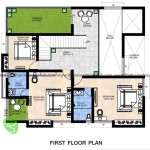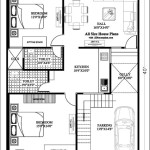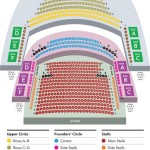Essential Aspects of Electrical Home Wiring Plans
Electrical home wiring plans are essential to ensure the safe and efficient operation of your electrical system. They provide a detailed roadmap for the layout of your electrical circuits, outlets, and fixtures, helping to avoid potential electrical hazards and optimize functionality.
Here are some key aspects to consider when creating or reviewing electrical home wiring plans:
1. Load Calculations: Before designing your electrical system, it's crucial to determine the electrical load requirements of your appliances and devices. This involves calculating the wattage and amperage of each load and ensuring that the circuit breakers and wiring can handle the total load without overloading.
2. Circuit Layout: Electrical home wiring plans typically use a branch circuit system where multiple outlets and lights are connected to a single circuit breaker. The layout of these circuits is essential for safety and functionality, ensuring that each circuit is protected by an appropriate circuit breaker and is not overloaded.
3. Wire Sizing: The size of the electrical wire used in your home is critical for safety and efficiency. Wiring that is too small can overheat and pose a fire hazard, while wiring that is too large can be wasteful and inefficient. The wire size should be selected based on the current carrying capacity required for each circuit.
4. Outlet Placement: The placement of electrical outlets is crucial for convenience and safety. Outlets should be located in accessible areas and at appropriate heights to minimize the use of extension cords. Additionally, GFCI (Ground Fault Circuit Interrupter) outlets are required in specific areas, such as kitchens and bathrooms, to prevent electrical shock hazards.
5. Fixture Requirements: Electrical home wiring plans also specify the type and wattage of fixtures that can be connected to each circuit. This ensures that the wiring can handle the load of the fixtures and prevents overloading. It's important to follow these specifications to avoid electrical hazards and ensure optimal performance.
6. Code Compliance: Electrical home wiring plans must adhere to the National Electrical Code (NEC) or applicable local codes. This code ensures that your electrical system meets minimum safety standards and follows industry best practices. It's crucial to consult with a licensed electrician to ensure compliance.
7. Documentation: Electrical home wiring plans should be clearly labeled and documented for future reference. This documentation can help with troubleshooting, modifications, or repairs and ensures that the system remains safe and efficient over time.
Remember, electrical home wiring is a complex task that requires expertise and adherence to safety regulations. It's recommended to consult with a licensed and experienced electrician to create and implement your electrical home wiring plans to ensure the safety and functionality of your electrical system.

House Wiring Diagram Everything You Need To Know Edrawmax

Residential Wiring Diagrams And Layouts House Home Electrical

Free House Wiring Diagram Edrawmax

House Wiring Diagram Everything You Need To Know Edrawmax

House Electrical Wiring Layout Complete Beginners Guide

House Wiring Diagram Of A Typical Circuit

Basic Home Electrical Wiring Diagrams Last Edited By Cool User Name 08 26 2010 At 18 Pm

Free House Wiring Diagram Edrawmax

Complete Electrical House Wiring Diagram Electric Home

House Wiring Diagram Everything You Need To Know Edrawmax








